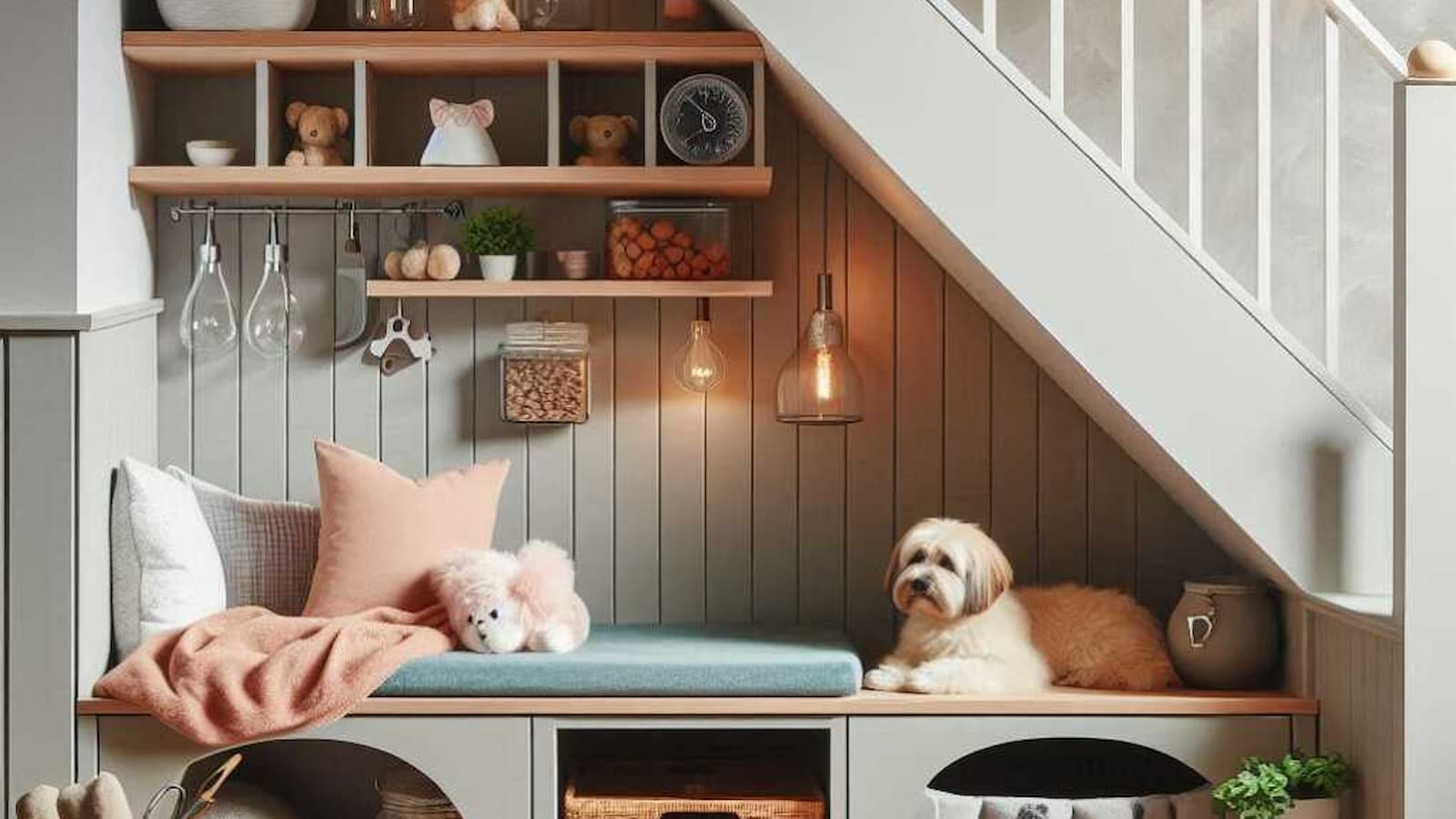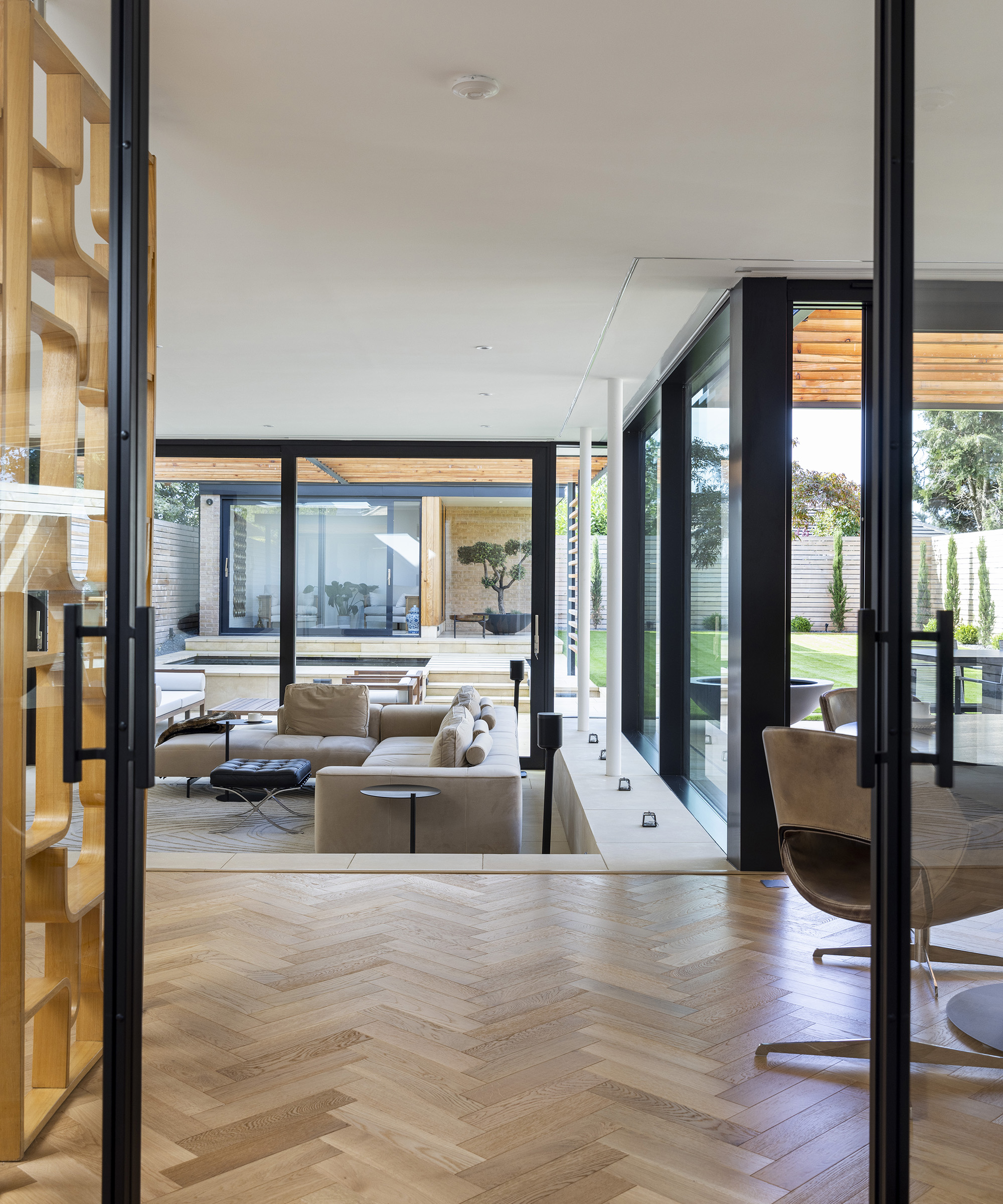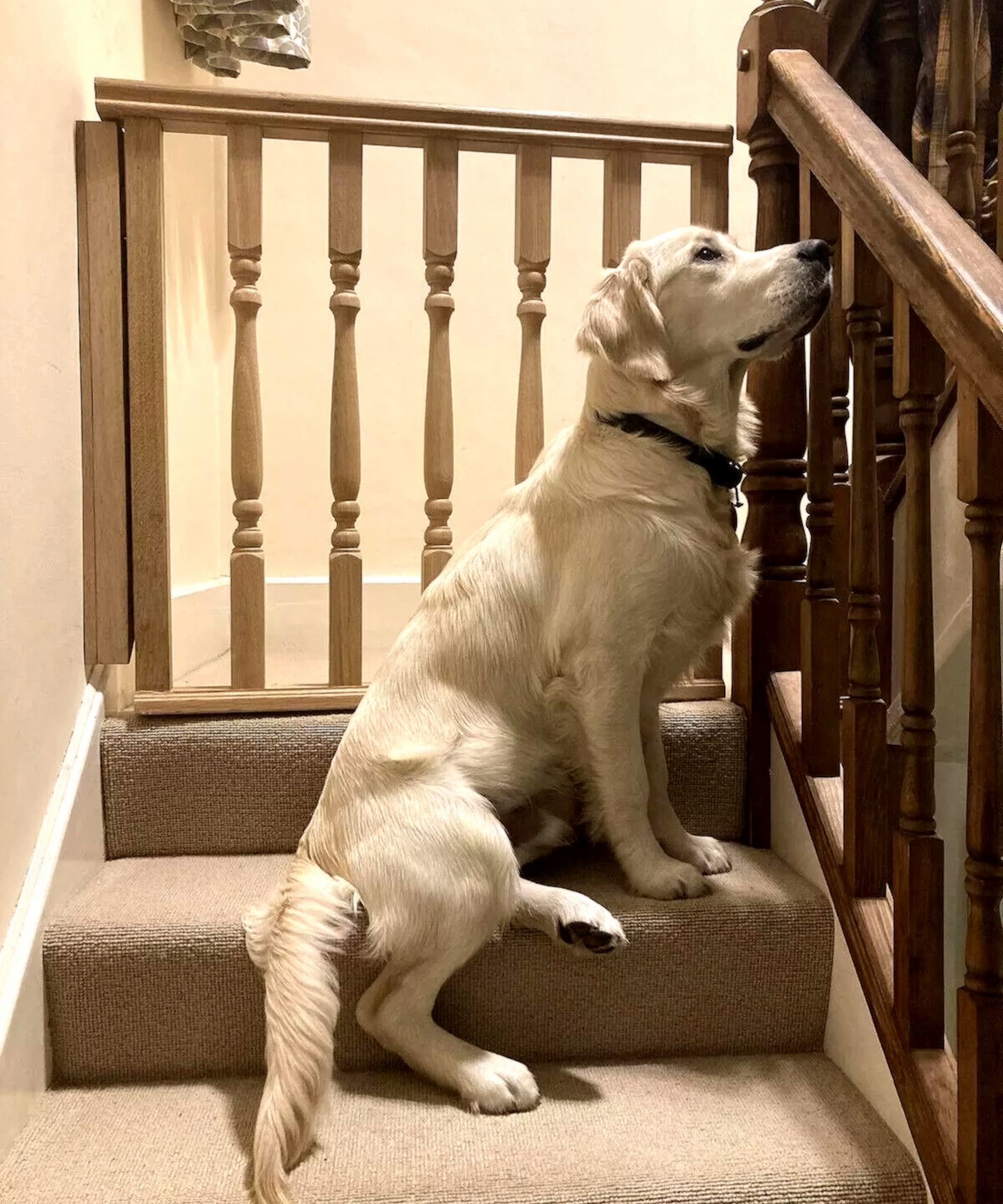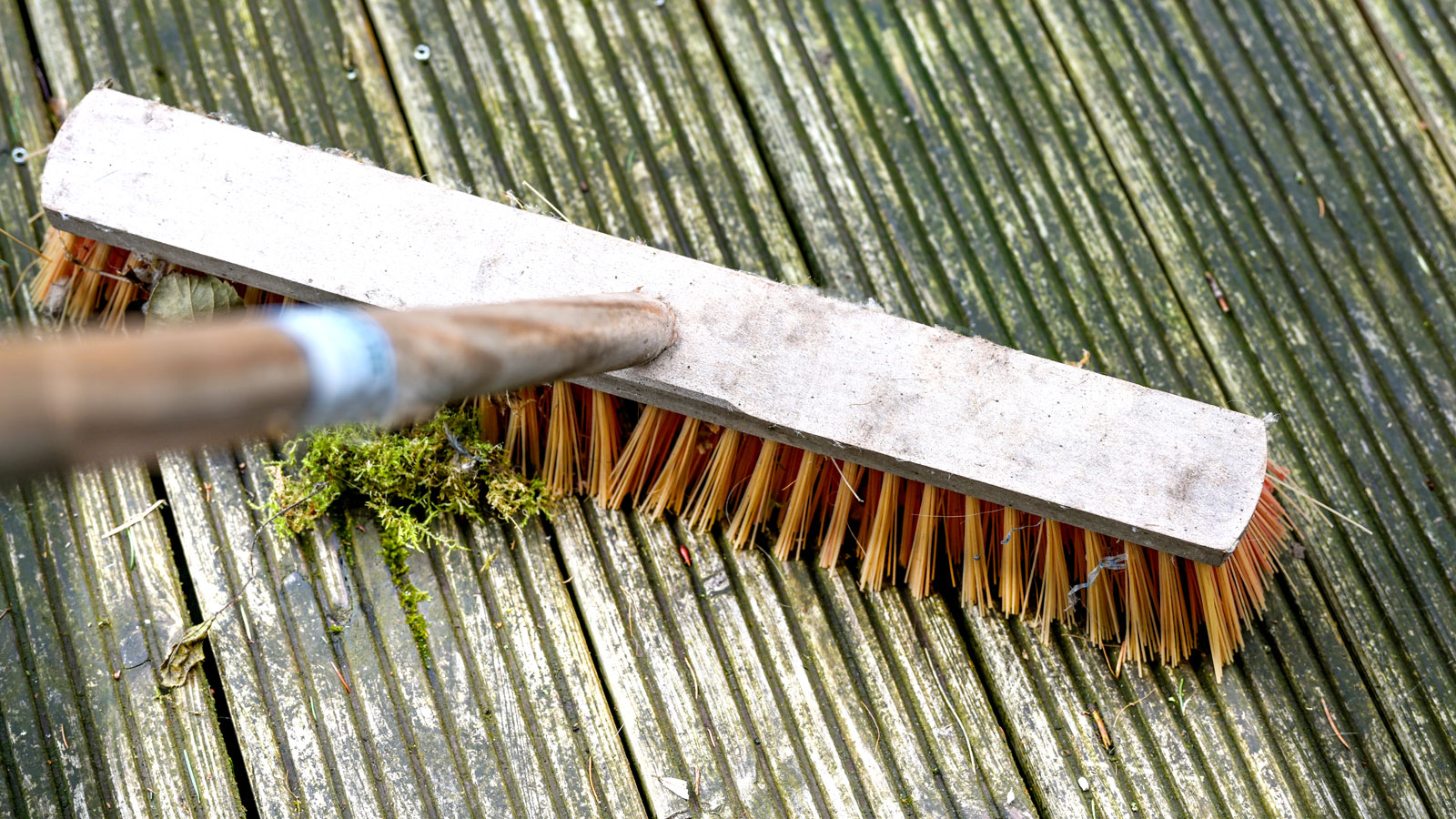Why open-plan living could be bad for your dog
Are you planning to have an open plan layout? Be careful as this canine behaviourist warns this could cause stress and anxiety to dogs

As open-plan living continues to dominate modern home design, there’s an increasing concern about its impact on pets, particularly dogs.
While these spacious, fluid layouts are ideal for human interaction and light-filled spaces, they may not be the best environment for your four-legged friend.
Certified canine behaviourist Victoria Cooper is urging renovators to consider their pets' needs during home updates, warning that open-plan homes can lead to overstimulation and behavioural issues in dogs.

Victoria Cooper is a qualified canine behaviourist with over 30 years of professional experience. In 1996, she founded the award-winning training business People and Dogs, which has since supported thousands of dogs and their families.
The problem with open-plan homes

According to Victoria, the main issue with open-plan living lies in its constant sensory overload.
With no walls or boundaries to separate different zones, dogs are often exposed to noise, movement and visual triggers from various parts of the house all at once. This can cause heightened anxiety and reactivity, especially in more sensitive dogs.
“Dogs are not able to switch off in an environment that constantly demands their attention,” Cooper explains.
"This leads to something called 'trigger stacking,' where multiple stressors build up and affect the dog’s behaviour - making them more likely to become anxious, bark excessively, or even act out."
Get the Homebuilding & Renovating Newsletter
Bring your dream home to life with expert advice, how to guides and design inspiration. Sign up for our newsletter and get two free tickets to a Homebuilding & Renovating Show near you.
Solutions for a dog-friendly design

Renovators looking to create a pet-friendly home without sacrificing style can take several steps to mitigate the stress that open-plan designs may cause:
- Create rest zones: It’s essential to provide your dog with a quiet, secluded space where they can retreat and decompress. This means designing areas that limit exposure to high-traffic zones, such as family rooms or kitchens, where dogs can escape from the constant flow of activity.
- Install internal gates: One solution to manage the open-plan issue is the use of internal dog gates. These can create separation between rooms, allowing dogs to access more peaceful areas while reducing stress from too much movement or noise.
- Reduce visual triggers: Consider installing frosted window films or blinds on large windows that face busy streets. This can help reduce the visual triggers that might cause a dog to bark or react to every passerby.
- Calming sound solutions: Adding calming music or using white noise machines in specific rooms can help counteract the auditory chaos that often comes with open-plan spaces. These additions can help create a more relaxed atmosphere for pets.
- Rethink flooring: While not exclusive to open-plan living, the sleek flooring, such as vinyl and laminate, is commonly used in these designs and can be hazardous to dogs, especially older ones or puppies still learning coordination. Non-slip rugs or runners can provide stability and help dogs feel more confident moving around the house.
Designing with dogs in mind
By considering these design tips, renovators can ensure that their open-plan homes are pet friendly.
Victoria Cooper emphasises: "It’s all about balance – creating a space that works for both you and your dog.
“Dogs are more adaptable than we think. But when we design homes with them in mind, we set them up for a much happier life.”

News Editor Joseph has previously written for Today’s Media and Chambers & Partners, focusing on news for conveyancers and industry professionals. Joseph has just started his own self build project, building his own home on his family’s farm with planning permission for a timber frame, three-bedroom house in a one-acre field. The foundation work has already begun and he hopes to have the home built in the next year. Prior to this he renovated his family's home as well as doing several DIY projects, including installing a shower, building sheds, and livestock fences and shelters for the farm’s animals. Outside of homebuilding, Joseph loves rugby and has written for Rugby World, the world’s largest rugby magazine.
